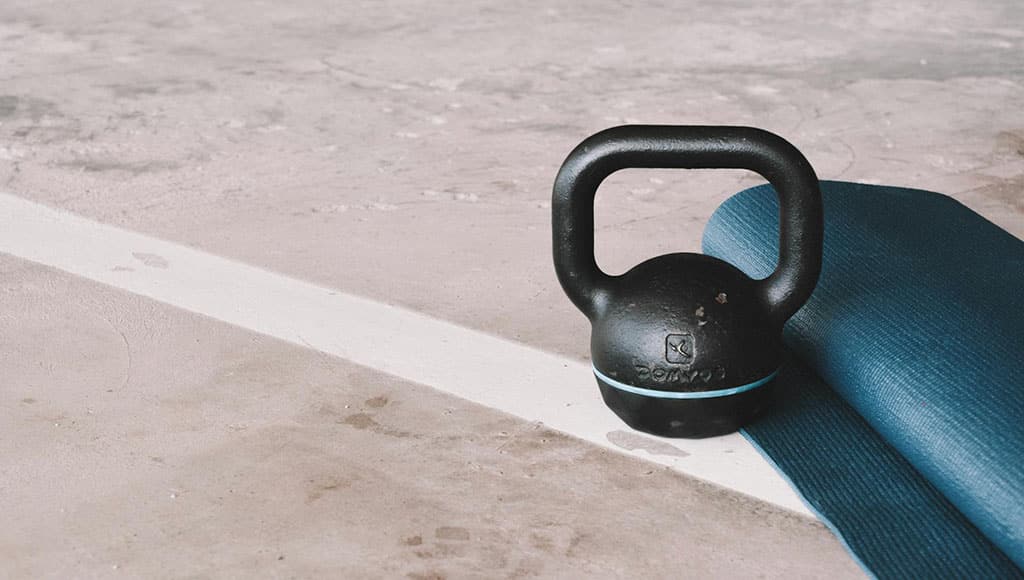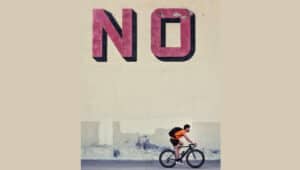I’ve been deeply involved in sports and regular gym workouts for most of my life, yet one crucial aspect of fitness that I consistently overlooked was stretching. Like many athletes, my focus was always on performance – running faster, lifting heavier, or enduring longer. Stretching always seemed secondary, something I’d rush through at the end of a workout, if I bothered to do it at all. It felt more like a box to check than a necessity.
Growing up, no one really emphasised its importance beyond a few minutes of stretches after football practice or a rushed warm-up before PE. It was just part of the routine, nothing more. But as I’ve gotten older and become more aware of my energy levels and how my body feels, I’ve started to realise just how critical stretching really is.
That realisation hit home after reading David Goggins’ book Can’t Hurt Me. Goggins, renowned for his mental toughness and ability to push his body to extreme limits, is a retired Navy SEAL and an accomplished endurance athlete. He’s completed over 60 ultra-marathons, triathlons, and ultra-triathlons – setting new course records along the way. At one point, he even held the Guinness World Record for pull-ups, completing 4,030 in just 17 hours.
However, after years of pushing his body beyond what most of us could even imagine, Goggins found himself falling seriously ill. His body was failing him, and no doctor could figure out why. He was physically drained, in constant pain, and unable to get out of bed without discomfort. In a desperate attempt to heal, he started stretching eight to 12 hours a day, which even for someone like Goggins seemed extreme. But as the days passed, something remarkable happened. His condition improved, his flexibility increased, and the pain that had gripped him for so long finally began to subside. He describes it as unlocking his body, releasing years of built-up tension. Today, he swears by it, spending at least two hours stretching every night to maintain his physical health and performance.
Likewise, Joe Rogan would often rave about hot yoga on his podcast – a more intense form of yoga performed in a heated room. He talks about how each posture is designed to help improve his balance and flexibility, while also strengthening his joints. But it’s not just the physical benefits he champions; he also emphasises the mental and meditative aspect of it.
Stretching isn’t just about flexibility or being able to touch our toes. It plays a much larger role in maintaining the overall health of our body, improving blood flow, and sending signals to our brain that help us move better and feel better. When we stretch, we trigger the release of endorphins – our body’s natural “feel-good” chemicals. These endorphins act as natural painkillers and reduce discomfort, leaving us feeling like we’ve pressed a reset button on our body and in our mind.
As we age, our range of motion naturally decreases, limiting how far our limbs and joints can move. According to Andrew Huberman, a neuroscientist and professor at Stanford, between the ages of 20 and 49, flexibility declines by roughly 10% with each passing decade. But here is the silver lining: research shows that keeping up with a consistent stretching routine can preserve, or even enhance, our range of motion as we age.
It is no secret that one of the biggest benefits of stretching is injury prevention. When muscles are tight and inflexible, they’re far more prone to strains, tears, and other injuries. Stretching loosens tight muscles, increasing their elasticity and reducing the risk of injury during physical activity.
Therefore, a dynamic stretching routine (swinging your body and using momentum) before a workout is always recommended to warm up the muscles and increase blood flow. On the other hand, static stretching – where you hold a stretch for a longer period – is more beneficial after exercise, helping muscles cool down and prevent stiffness. This dual approach not only improves physical performance but can also reduce post-workout soreness, improve posture, and even enhance mental clarity by promoting relaxation.
I always feel rejuvenated after a good stretch. So now, stretching has become an integral part of my routine. Whether it’s dynamic stretches before a workout, or a longer, deep stretch to unwind at the end of the day, I no longer see it as a box to check. Stretching isn’t just a way to loosen up tight muscles – it’s a powerful tool for longevity, physical well-being, and mental clarity.
If Goggins can credit it for saving his life, and Rogan for keeping his joints strong and his mind clear, then surely it’s something worth making time for. And if you’re lucky enough to live in Portugal, with its stunning landscapes and sunny weather, it’s the ideal place to embrace a more active, mindful lifestyle.
|| features@portugalresident.com
Jay works for a private charter airline, and is also a UX designer and aspiring author who enjoys learning about history and other cultures

























